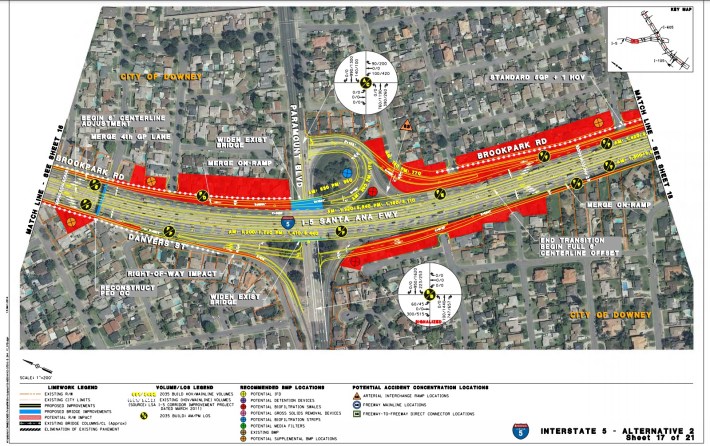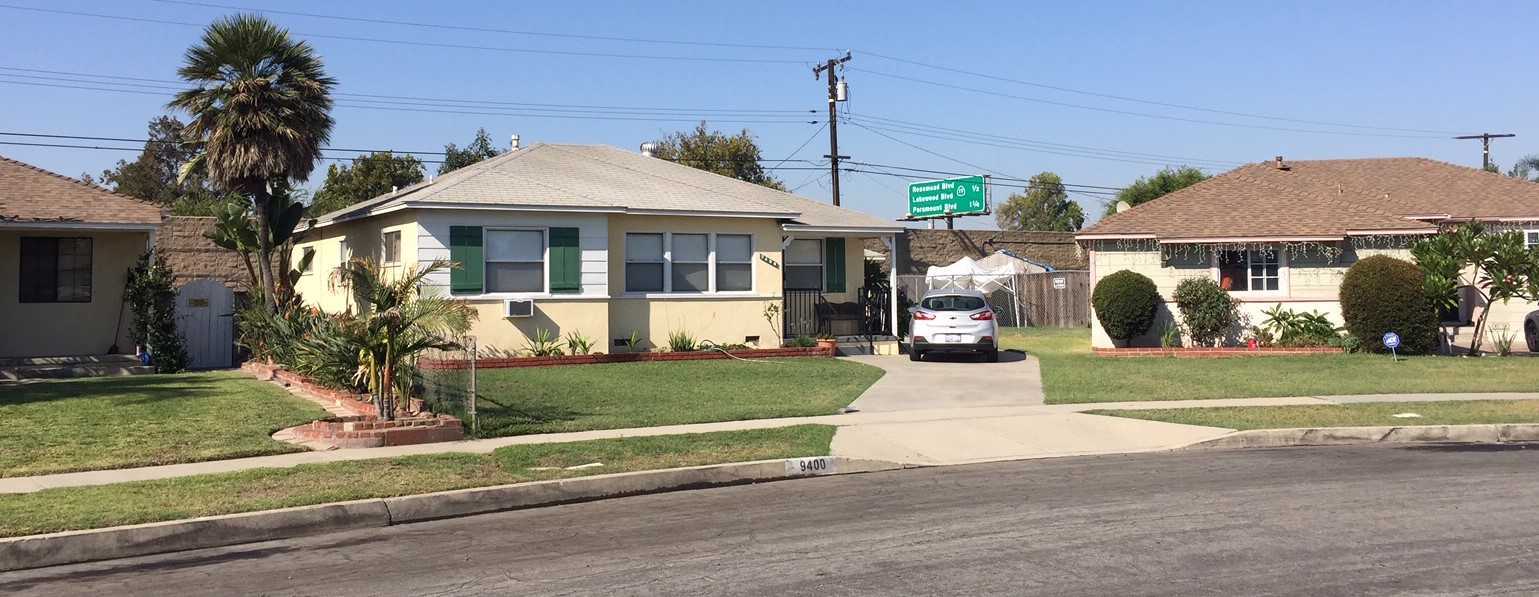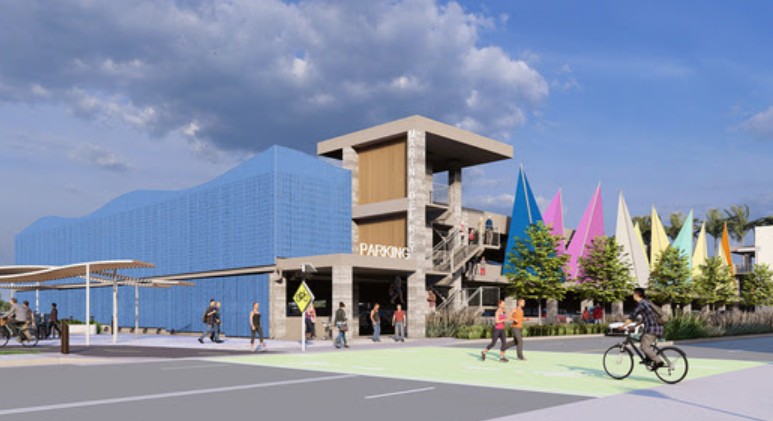This week, Metro dismissed concerns over its 605 and 5 Freeway widening taking out hundreds of homes, claiming the project "is in the early planning stages." It turns out that Metro CEO Phil Washington was telling a very different story, asserting that Metro's freeway widening plans were already determined decades ago.
Today, the Gateway Cities Council of Governments (GCCOG) shared with Streetsblog a September 29 letter from Phil Washington regarding Metro's 605 Freeway Corridor Improvements Project (605CIP.) Washington's letter is a response to the GCCOG September 2 letter requesting that Metro delay releasing its 605CIP environmental studies because "the footprint is larger than expected and could involve the taking of hundreds of homes in jurisdictions along the corridor."
Nowhere in the letter does Phil Washington acknowledge the COG's concern regarding "hundreds of homes." Washington's response avoids humanity and empathy by laying on the technical jargon thickly. People, families, homes, a park and a school in the way of the project are all just "considerable right-of-way impacts" and "necessary right-of-way acquisitions."
At the end of the letter, Washington commits Metro "to explore the possibility of reducing property impacts." But the first three quarters of the letter are Washington dismissing the GCCOG concerns. Washington states that the 5 Freeway widening was already identified long ago and already agreed to:
The needed improvements on I-5 were identified about three decades ago and the segment between the I-5/I-605 interchange and the LA/Orange County was identified as the first step of the larger improvements in this freeway.
At the completion of the environmental process for that segment, the footprint of the necessary improvements along the I-5 was set at 12 lanes. An agreement was reached with the Federal Highway Administration to secure the necessary right-of-way for the ultimate 12 lanes but initially construct a 10-lane freeway.
And already discussed in detail:
The impacts of the project were discussed once known. It was discussed in all recent meetings, presented to the TAC [Technical Advisory Committee], discussed in detail with the GCCOG, and the I-5 JPA [the I-5 Consortium Cities Joint Powers Authority], and presented to the Corridor Cities Committee.
Washington's details of improvements identified decades ago and an FHWA agreement reached are at odds with Metro's repeated claim that the project is in the early stages. Yesterday, Metro's The Source blog asserted:
Metro has made no decisions about this project, which is still in the early planning stages. Nor have any decisions been made about property acquisitions. (emphasis added)
(SBLA noted yesterday that Metro's "early stages" claim is patently false. Metro already spent four years and $60 million on 605CIP design. The board was scheduled to approve a preferred project alternative this year.)
Though the assertions are in conflict, the tone is similarly dismissive in both Metro's CEO letter and Metro's blog post. Metro manages to dismiss very real project concerns coming and going. Washington essentially says Metro doesn't want to hear the GCCOG concerns because it's too late - this was decided decades ago and already discussed in detail - while The Source essentially says Metro doesn't want to hear the public's concerns because it's too early.
The news is that Metro CEO Phil Washington scolded the GCCOG for raising concerns that Metro's project would demolish hundreds of homes.
That's the story.
But, wait, there's a little more revealed in Washington's letter.
Washington includes specifics that weren't publicly available regarding the scope of Metro's 5 Freeway widening plans through Downey. Though Metro has shared the cross-sections for the 605 Freeway (adding four new lanes), the agency had not made 5 Freeway specifics available to the public. Until now.
For the 5 Freeway through Downey, Washington states that Metro plans to expand the current eight-lane freeway to twelve lanes. More from Washington's letter:
...considerable ROW impacts were identified on the I-5 primarily due to the need for auxiliary lanes and reconfiguration of the local interchanges (in very close proximity to the 605/5 interchange) to improve traffic flow, as well as requirements for the standardization of the shoulders (to 10 feet wide) that mostly had been significantly reduced, standardization of lane widths (back to 12 feet wide) that were narrowed to allow for the past widenings, and a new buffer required between the General purpose lanes and the proposed HOV lanes.
The letter's details show that Metro's current plans are more destructive than Metro's 2014 project maps, which are the most up-to-date detail project maps Metro has posted online.

Metro's 2014 maps show three alternatives. East of Lakewood Boulevard/Rosemead Boulevard, each of the alternatives show ten lanes in each direction. So between 2014 and now, Metro expanded its plans. Metro added two additional lanes, meaning more Downey homes would be demolished.
Though Washington asserts that the homes to be demolished have been "discussed in detail," Metro still refuses to release details to the public. Metro announced 1,200+ properties would be impacted by the 605CIP, with the lion's share of full acquisitions in Downey. Though Metro shared the total number of properties, Metro refuses to make a list of properties - people's homes Metro would demolish - available to the public.







